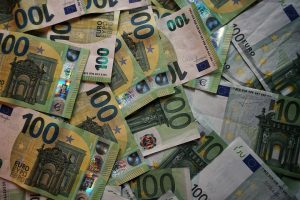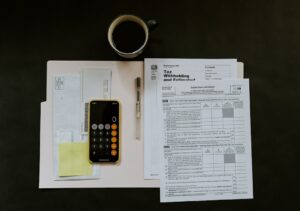Forex Trading Explained: Understanding the Basics of Currency Trading
The world of Forex trading can be an exciting and potentially profitable venture for those who are willing to put in the time and effort to understand its intricacies. However, for beginners, the forex market can appear daunting and overwhelming. In this article, we will break down the basics of currency trading to help you gain a better understanding of this fascinating market.
What is Forex Trading?
Forex, short for foreign exchange, refers to the buying and selling of currencies on the global market. Unlike other financial markets such as stocks or commodities, forex trading does not have a central marketplace. Instead, it operates through a decentralized network of financial institutions, corporations, and individual traders.
The forex market is open 24 hours a day, five days a week, allowing traders from all over the world to participate. This constant availability offers flexibility and allows traders to react to market news and events in real-time.
Currency Pairs
In forex trading, currencies are always traded in pairs. The first currency in the pair is called the base currency, and the second currency is known as the quote or counter currency. For example, in the EUR/USD pair, the euro is the base currency, and the US dollar is the quote currency.
Currency pairs are expressed in a standardized format, using a three-letter code. Some of the most commonly traded currency pairs include EUR/USD, GBP/USD, USD/JPY, and USD/CHF. These pairs are often referred to as the major currency pairs due to their high trading volumes and liquidity.
Bid and Ask Prices
When trading forex, you will encounter two prices for each currency pair: the bid price and the ask price. The bid price represents the highest price at which buyers are willing to purchase the currency, while the ask price is the lowest price at which sellers are willing to sell the currency.
The difference between the bid and ask price is called the spread, and it represents the cost of the trade. Typically, the spread is measured in pips, which is the smallest unit of movement in a currency pair. The tighter the spread, the more favorable it is for traders, as it reduces the cost of entering and exiting trades.
Leverage and Margin
One of the unique features of forex trading is the ability to trade on margin. Margin trading allows traders to control larger positions with a smaller amount of capital. This is possible through leverage, which is expressed as a ratio.
For example, a leverage of 1:100 means that for every $1 in your trading account, you can control $100 in the market. While leverage can amplify potential profits, it also increases the risk of losses. It is crucial to understand the risks associated with leverage and to use it wisely, as it can quickly lead to significant losses if not managed properly.
Factors Affecting Currency Prices
Currency prices fluctuate constantly due to a wide range of factors, including economic indicators, political events, and market sentiment. Understanding these factors and their impact on currency prices is essential for successful forex trading.
Economic indicators such as GDP growth rates, inflation, and employment data can significantly influence currency prices. Positive economic data tends to strengthen a currency, while negative data can weaken it. Additionally, central bank policies, interest rate decisions, and geopolitical events can also have a significant impact on currency values.
Technical Analysis and Fundamental Analysis
Forex traders use various methods to analyze currency prices and make trading decisions. Two popular approaches are technical analysis and fundamental analysis.
Technical analysis involves studying historical price patterns, trends, and indicators to predict future price movements. Traders use tools such as charts, trendlines, moving averages, and oscillators to identify potential entry and exit points.
Fundamental analysis, on the other hand, focuses on analyzing economic and political factors that can influence currency prices. Traders who use fundamental analysis examine economic indicators, central bank statements, and news events to make trading decisions.
Conclusion
Forex trading offers a world of opportunities for those who are willing to learn and put in the necessary effort. By understanding the basics of currency trading, including currency pairs, bid and ask prices, leverage, and factors affecting currency prices, you can start your forex trading journey with confidence. Whether you choose to use technical or fundamental analysis, remember to always manage your risk and trade responsibly.





